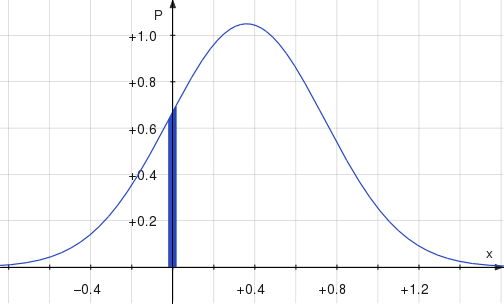The car crash
Posted by David Zaslavsky on — EditedThe blogosphere has been abuzz with analysis of last week’s episode of Mythbusters, in which they tested Jamie’s assertion (from a previous episode) that two cars crashing into each other at 50 miles per hour is the same as one hitting a wall at 100 miles per hour. OK, well, that turned out to be wrong.
I didn’t have the time to write about it just after the episode and there’s no point in me repeating what’s been said about it elsewhere, but I do want to point something out: the reason it was wrong is that in one case, a car crashes into another car, and in the other case, it crashes into a wall. The car and wall react differently in the collision — the car compresses, the wall doesn’t, so when there are two cars involved, the energy of the collision gets split between them. There isn’t any fundamental difference between two objects crashing together at 50 miles an hour and one object at 100 miles per hour crashing into a stationary one.
I would have liked to see the Mythbusters test one car at 100 miles per hour crashing into …

